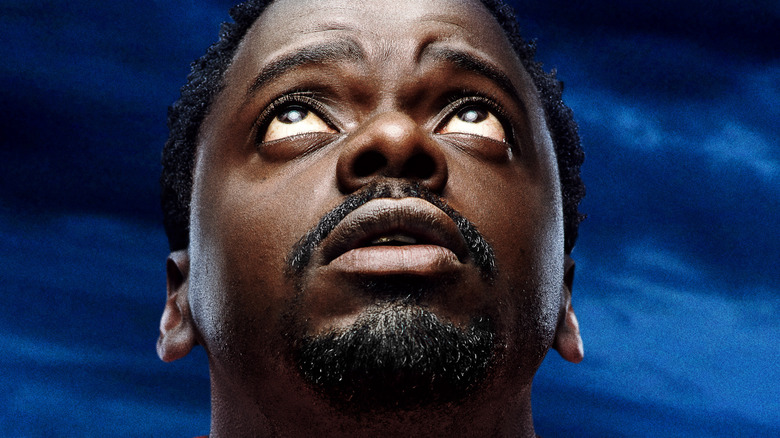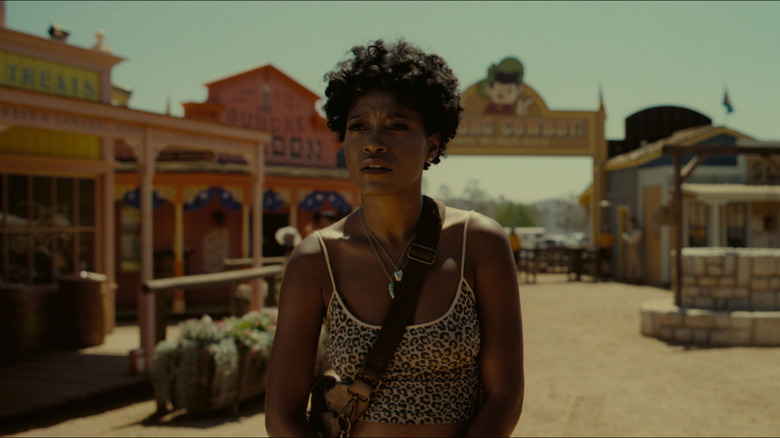What The First Rough Cut Of Nope Was Like - Exclusive
Casual film fans are often familiar with the terms "final cut" and "director's cut," but they may be less knowledgeable about the earlier stages in the process, often referred to as an "assembly cut" and a "rough cut." An assembly cut takes just about all the footage that the director has shot and lays it end to end, with little to no editing or post-production work done on it. This gives the filmmaker the widest possible view of everything captured on camera.
A rough cut, meanwhile, takes that footage and edits it down to an approximation of what the movie might look like. A lot of elements are still missing, like music and visual effects, and scenes are included that may not make it to the final version, but the rough cut can give the director a better idea of what shape the finished movie can take (via Studio Binder).
Rough cuts and assembly cuts have one thing in common: They're often very long, containing hours of footage that needs to be whittled down to anywhere from 90 minutes to three hours. Sometimes fans mistake these early cuts as "director's cuts," but that's not often the case. The director wants to lose a good portion of that material because it doesn't work, wasn't filmed right, slows down the story, and so on.
In the case of Jordan Peele's new sci-fi thriller, "Nope," a lot more was filmed than the 130-minute final version currently playing in theaters. But editor Nicholas Monsour tells Looper that this was by design: "Part of what made 'Nope' really special is that [Peele] had more resources to flesh out the whole world," he says, "which meant the actors and the camera people got to explore a little bit more."
The first assembly cut of Nope was a lot longer
Nicholas Monsour has worked with Jordan Peele on several projects, calling the writer-director "very decisive and focused" when it comes to what exactly he wants to capture on camera. With "Nope," however, Monsour says that Peele had more room to experiment while shooting, resulting in a much greater abundance of material.
Yet Peele always had a clear vision of the movie, even in its earliest form. "There's different kinds of first cuts," Monsour explains. "Some are the result of an extreme delusion on the part of the director where somehow, they thought this was all going to go into a movie and they don't know what to do now that it's four hours long or whatever. Other times, that's in there by design, and they know that the movie they want to make only can really emerge by whittling down and shaping a lot more material."
The first assembly cut of "Nope" ended up going long for that latter reason. "It was close to four hours," reveals Monsour, "but it felt less like a much bigger story that we had to structurally alter, and more like the movie plus an exploration of each setting and each character that was more in depth. ... We got to experiment and explore with these other layers of background and exposition, but the story was pretty much the same in the four-hour version as it is in the two-hour-and-10-minute version."
Monsour admits that he's been in situations where the filmmaker has relied on him to make sense of all the footage — but "Nope" was not one of them. "You're there to support someone else's vision, and sometimes they don't know it until they see it," he says, "but that's not the case with Jordan."
"Nope" is playing in theaters now.

